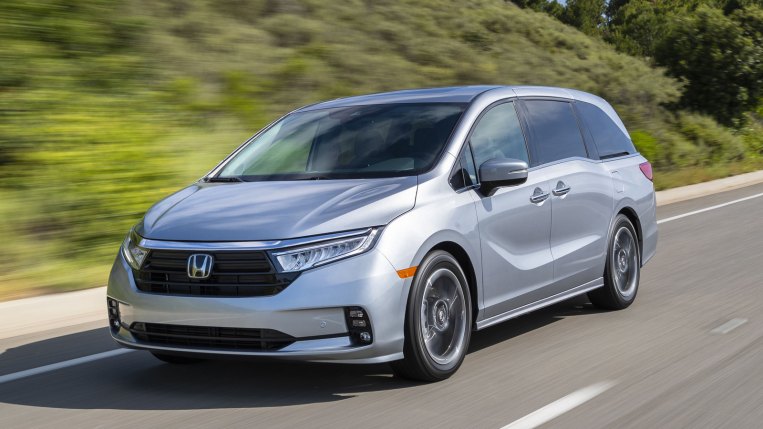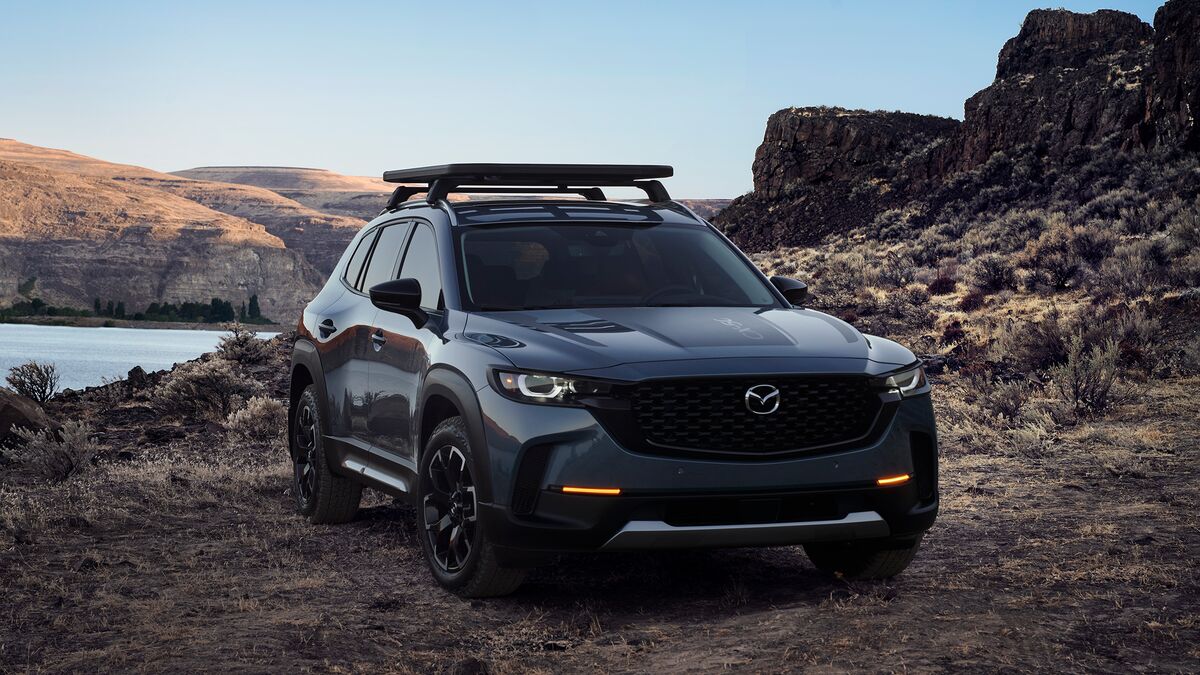
With dealers struggling to stock enough cars to meet demand, Americans paid 6.4% more on average for a new car this June than they paid one year ago.
Everyone’s Paying Sticker Price
“In June, for the first time in a decade, vehicle buyers were essentially paying sticker price – the manufacturer’s suggested retail price (MSRP) – for new vehicles,” said Kayla Reynolds, industry intelligence analyst at Cox Automotive. Cox Automotive is the parent company of Kelley Blue Book.
The list price for a new car in June was $42,290. Buyers paid, on average, 99.9% of sticker.
The Ten Cars Selling For The Highest Markups
Cars Growing Less Affordable When Wages are Factored In
Higher prices don’t always mean vehicles are growing less affordable. But last month, they did.
The Cox Automotive/Moody’s Analytics Vehicle Affordability Index measures how long it takes the average wage earner to pay off the average car. In June, it also hit an all-time high – the average new car cost 37 weeks’ worth of income.
Ten Cars You Can Still Find Under MSRP
Almost Every Brand Saw Transaction Prices Soar
Every vehicle manufacturer except Tesla reported higher average transaction prices in June 2021 than in June 2020. Mitsubishi had the highest increase, at 18.3%. Stellantis, the parent company of Dodge, Jeep, Ram, and others, came in second, with a 15.8% average transaction price increase.
Tesla did not report price numbers for two of its most popular models, making it difficult to give a true estimate of how Tesla transaction prices have changed.
Minivan Shoppers Have it Worst, EV Shoppers Best
Non-luxury models saw larger cost increases than luxury models – up 7% versus 2.9%, respectively.
Minivan shoppers faced the worst climate. The average minivan sold for 17.8% more in June than it did one year ago. Only vans, high-performance cars, and electric vehicles (EVs) saw their average transaction price fall compared to prices one year ago. Buyers paid 13.4% less for the average EV than they did in June of 2020.







